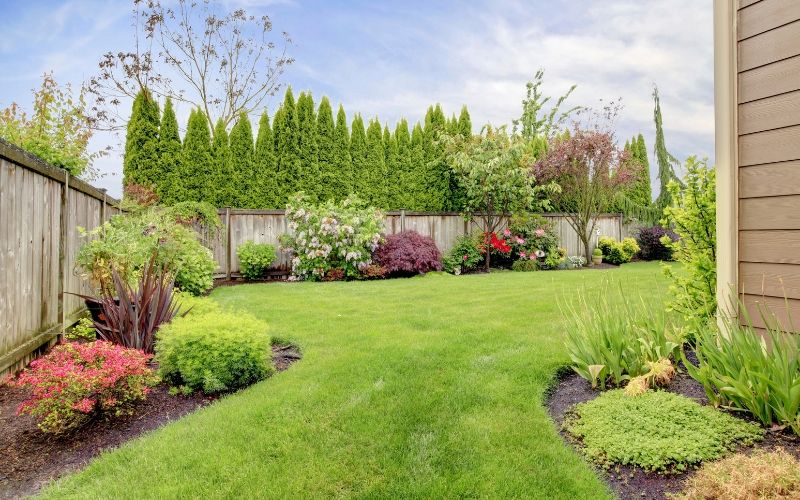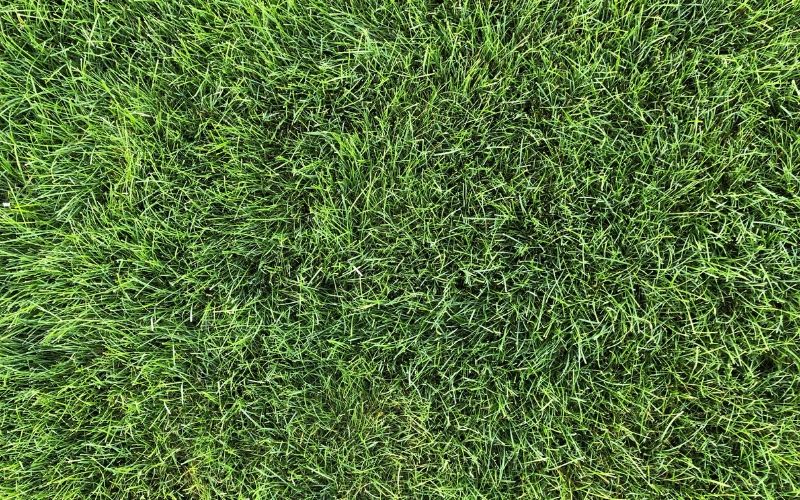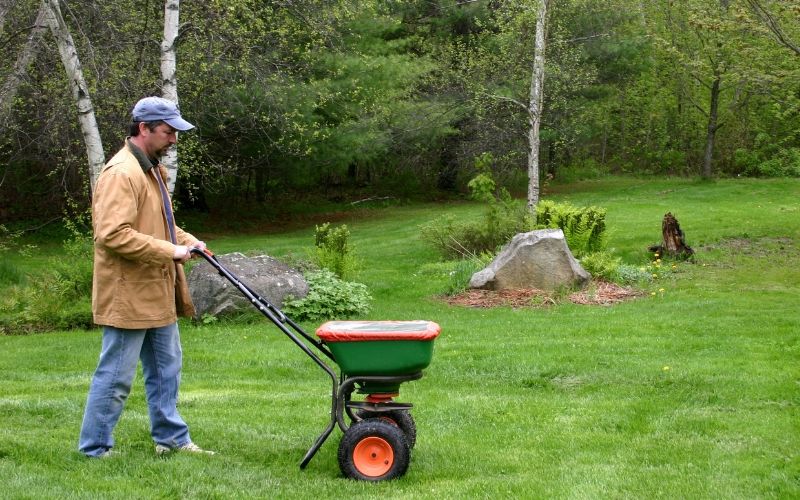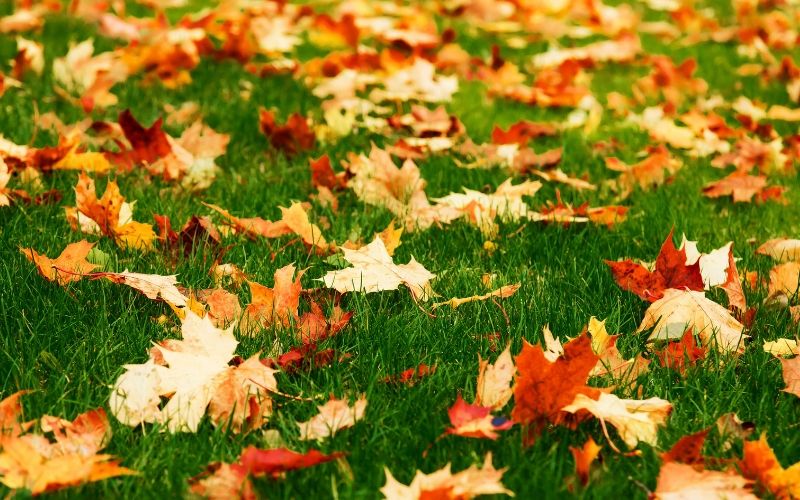How and When to Dethatch a Lawn
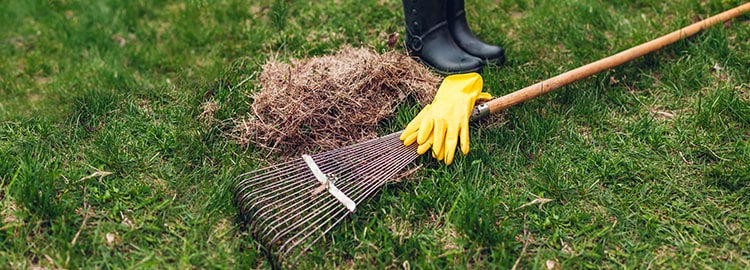
What is Thatch?
Thatch is a layer of living and dead stems, roots and crowns that develop between the green vegetation and the soil surface. A thatch layer greater than one inch acts as a barrier to water, nutrients and air reaching the soil and should be removed to ensure a healthy lawn. Learn how to reinvigorate a lawn by removing the thatch.
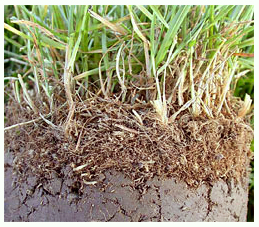
Step 1
Determine if the Lawn Needs Dethatching
Wondering when is the best time to dethatch a lawn? If water runs off without penetrating the grass, then it may be time to dethatch the lawn. Thatch is a thin layer of organic debris that forms between the leaf blades and roots. Examine your grass for an underlying layer of thatch. It will look like a matting of old, grayish-brown grass stems that have grown together.
A thin layer of thatch (½ inch or less) provides insulation against temperature extremes and fluctuations in soil moisture. However, if your lawn has more than one-inch layer of thatch above the soil surface, the lawn needs to be dethatched.
Primary causes of thatch are overwatering, over fertilizing, and mowing too high. To help prevent thatch from forming, use a mulching mower.
Step 2
How to Dethatch the Lawn
For northern grass the best time to dethatch your entire lawn is in late summer to early fall when the grass is actively growing. For southern grasses, dethatch in late spring.
In early spring, and for small areas, use a thatching rake, which is a sharp-tined rake that rips the thatch out of the lawn. Leaf rakes or hard rakes can be used but may not work as well. Rake the grass, digging deep to penetrate the thatch and loosen it apart. In early spring removing thatch by raking is best to prevent damaging new growth.
When dethatching your entire lawn use a power dethatcher over the lawn in a pattern that covers the grass only once. Flag irrigation heads and other hidden objects in the lawn to prevent damage. When the task is finished, the lawn will look terrible, but don't panic. It's supposed to look that way.
You can rent a power dethatcher from most garden centers. Enlist the help of a couple of friends and a truck when picking up the equipment, it will be heavy and awkward. Read the operator's manual carefully prior to use.
Step 3
Clean-up and Water
Rake up the debris with a leaf rake and place it in the compost pile and water the lawn.
Step 4
Aerate, Overseed, Fertilize
After dethatching your lawn it is a great time to aerate your lawn. After aerating, overseed and fertilize with Milorganite®. It should take about 3-4 weeks for the lawn to recover and show signs of new growth.

